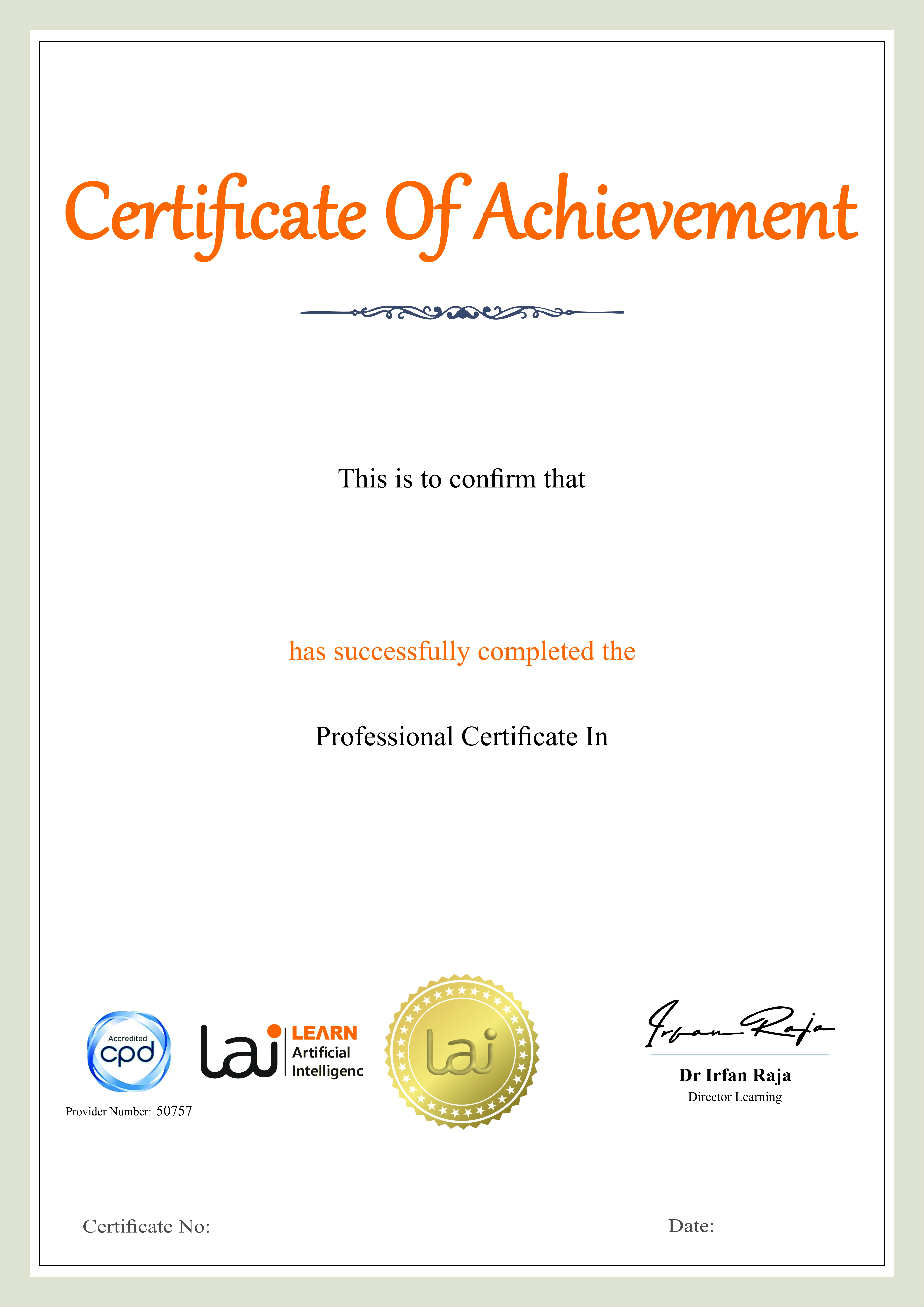Unlock the power of hidden patterns in data with our Unsupervised Learning Techniques course! This course is designed to provide learners with a comprehensive understanding of machine learning unsupervised learning methods that work without labelled data.
Unsupervised Learning Techniques
Unlock the power of hidden patterns in data with our Unsupervised Learning Techniques course! This course is designed to provide learners with a comprehensive understanding of machine learning unsupervised learning methods that work without labelled data. From discovering clusters and reducing dimensions to spotting anomalies and associations, you’ll learn how machines can make sense of complex datasets all on their own.
This hands-on course introduces fundamental and advanced unsupervised learning techniques used in real-world data analysis. Whether you're segmenting customer behaviour, performing market basket analysis, or detecting fraud, these techniques form the backbone of intelligent systems across industries.
By the end of the course, you'll not only be able to distinguish between supervised and unsupervised methods but also master the core tools and models used in unsupervised learning pipelines. Prepare to build smarter models that reveal the stories data tries to tell.
This course is perfect for data science enthusiasts, analysts, machine learning engineers, and professionals looking to expand their AI toolkit with a focus on unsupervised learning. It’s especially useful for individuals interested in exploratory data analysis, clustering, anomaly detection, or recommendation systems. A basic understanding of Python and general machine learning concepts is helpful, but not strictly required—learners from diverse backgrounds are welcome.
Define supervised and unsupervised learning and explain their key differences.
Understand core concepts of machine learning unsupervised learning.
Apply clustering techniques such as K-Means and hierarchical clustering.
Perform dimensionality reduction using PCA and t-SNE.
Implement association rule learning for market basket analysis.
Detect anomalies using unsupervised methods.
Explore Self-Organizing Maps (SOMs) and advanced clustering algorithms like DBSCAN.
Identify practical use cases and future trends of unsupervised learning.
-
Understand the principles of unsupervised learning and how it differs from supervised learning. Learn the value of unlabelled data in pattern recognition.
-
Explore grouping techniques that find natural clusters in datasets, including K-Means and dendrogram-based hierarchical clustering.
-
Learn how to simplify complex data by reducing its dimensions while preserving relationships using Principal Component Analysis (PCA) and t-Distributed Stochastic Neighbour Embedding (t-SNE).
-
Discover how to uncover relationships between variables using rule-based methods like Apriori for recommendations and cross-selling.
-
Detect outliers and unusual patterns that might indicate fraud, system failures, or data inconsistencies using unsupervised techniques.
-
Dive into neural-network-based clustering with SOMs to visualize and interpret high-dimensional data.
-
Master density-based and probabilistic clustering methods for complex, noisy datasets.
-
Explore how unsupervised learning is used in healthcare, finance, marketing, and cybersecurity. Address common limitations and future advancements.
Earn a Professional Certificate
Earn a certificate of completion issued by Learn Artificial Intelligence (LAI), accredited by the CPD Standards Office and recognised for supporting personal and professional development.

Key Aspects of Course

CPD Accredited
Earn CPD points to enhance your profile

Free Course
This course is free to study

Self-Paced
No time limits or deadlines

Flexible & 24/7 Access
Learn anytime, anywhere

Build In-Demand Skills
Get job ready

Updated AI Skills
Stay current with AI advancement

Global Learning
Accessible Worldwide

Premium Materials
High-quality resources

Employer Approved
Boost your career prospects



